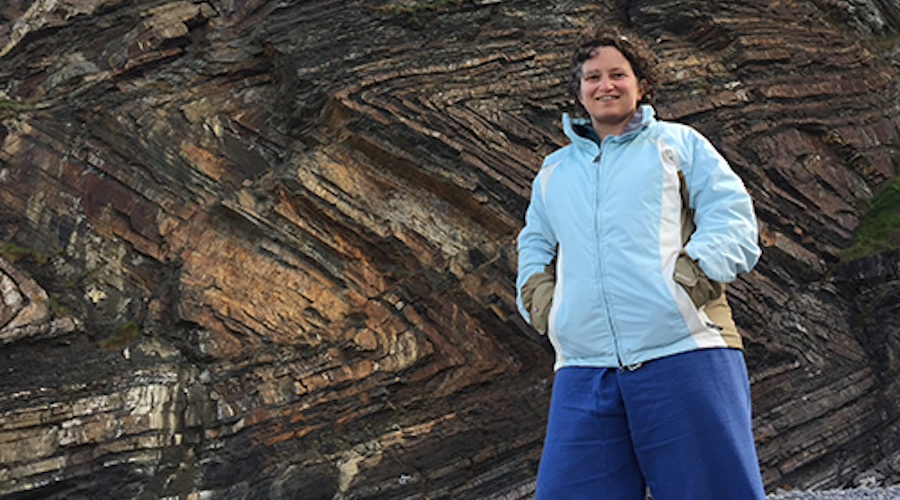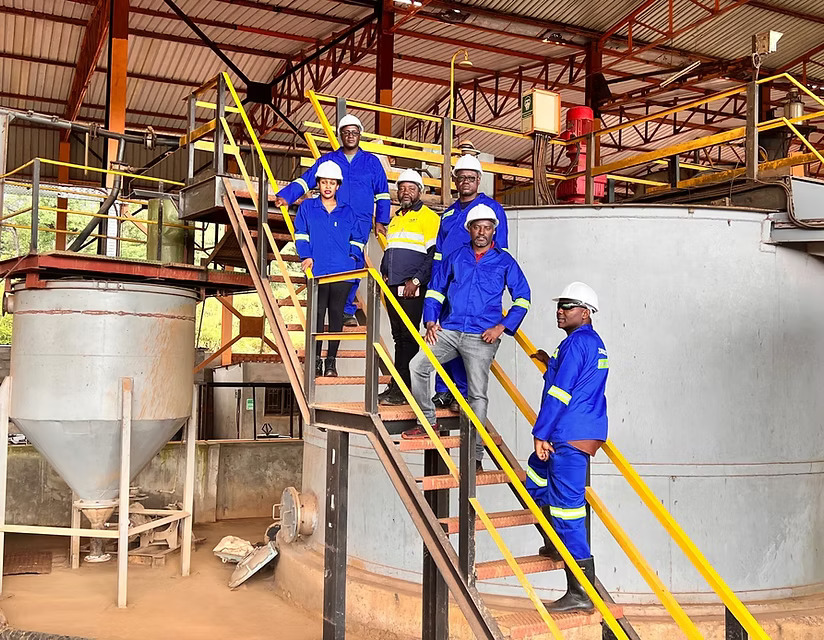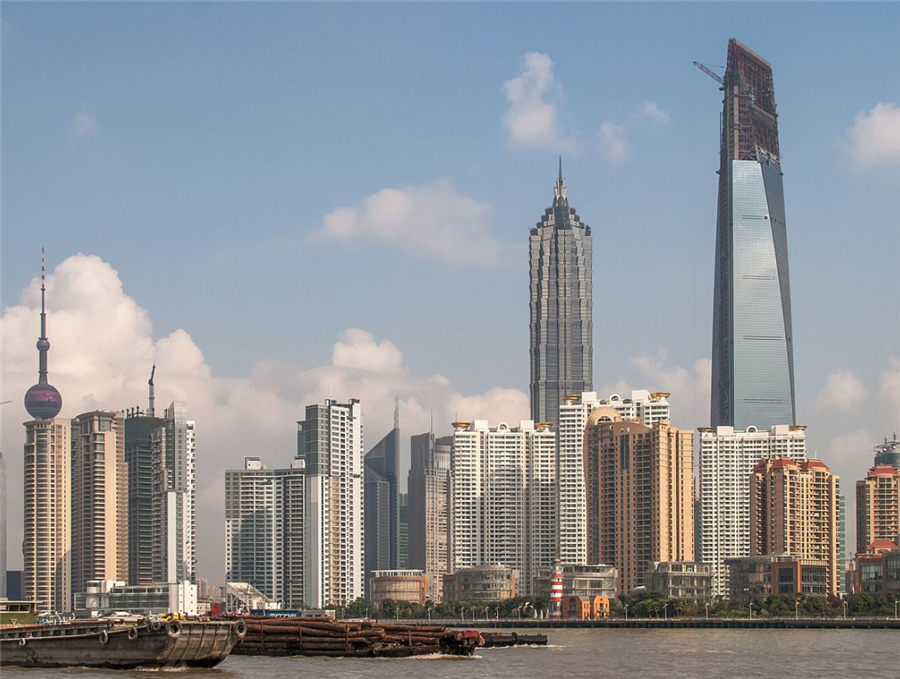Scientist tells miners how to find gold more easily

A University of South Australia researcher has developed a suite of geochemical tools to more accurately target valuable mineral deposits and save drilling companies millions of dollars in the process.
The tools use data collected from analysing drilling materials in new ways to help locate undiscovered precious metals buried by younger sediment and identify the right drill holes.
Besides Prominent Hill, the tools were trialled in the Yorke Peninsula, highlighting unexplored areas of copper
By mapping out where key chemical elements are found in greater concentrations, the researcher behind the project is creating geochemical algorithms that increase the chances of finding an ore deposit and decrease the cost of mineral exploration.
“The global demand for copper and gold is growing, but it is getting increasingly hard to find these metals as companies are forced to drill deeper and deeper,” said Caroline Tiddy, the scientist leading the study at UniSA’s Future Industries Institute. “Diamond drilling, for example, costs up to $400 a
However, in Tiddy’s view, her solution allows companies to increase the return on their investment.
“By using these geochemical tools, companies can better focus their drilling resources into lower-risk areas. Finding an economically viable copper-enriched area has the potential to generate revenues of up to $175 million a year as well as creating more than 500 jobs,” she said in a media statement.
The researcher revealed that her tools were successfully tested at OZ Minerals’ (ASX: OZL) Prominent Hill mine, an iron oxide-copper-gold deposit in the north of South Australia. The trial, allowed the miner to increase the footprint of the ore body fourfold.
More News
Terra Metals, Metalex seal $100M deal to form copper-cobalt partnership in Zambia
May 28, 2025 | 10:12 am
{{ commodity.name }}
{{ post.title }}
{{ post.date }}



3 Comments
Ralph
More like “Patronising academic tells exploration geologists something they already worked out 10 years ago”.
Mac
Do you folks have any BS filter in your editorial system?
After reading this article I think the answer is an empathic “No!”
Is she selling bridges to Manhattan as well?
Vincent Kalonde Museya
Very true Geochecal use seems to economical and fast getting results than drill down hole serch